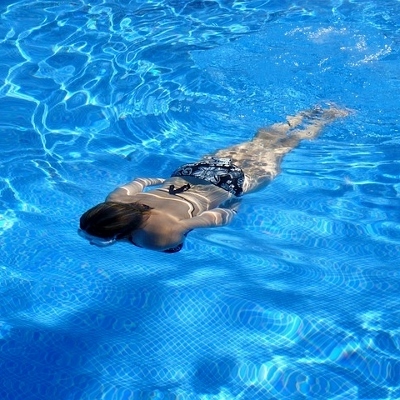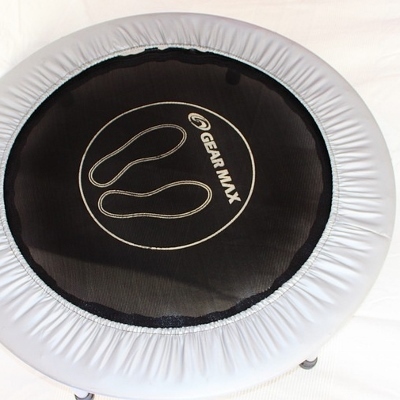The DSM-IV-TR is the holy grail of psychology. It is a book that lists every psychological disorder and all of the symptoms that are agreed upon by the American Psychiatric Assosciation (APA).
Among sexual, social, emotional, and multiple other disorders Bulimia Nervosa is one of the most notorious. Along with several symptoms, it mentions excessive exercise. Unfortunately for some people, this symptom can occur without the Bulimia. The DSM fails to list a work-out binge as a separate disorder, yet an excessive exercise disorder exists and is a serious threat for victims.
What are the symptoms? According to governmental guidelines, a child should get at least sixty minutes of physical activity most, if not every, day. So, obviously, you must include constant, compulsive exercise along with a decrease in appetite as a sign that someone might be going overboard. The subject may become irritable or anxious when unable to perform a physical task. He may go for walks constantly or describe routine exercises with a newfound fascination and impatience. As you can see, this disorder parallels Bulimia in many ways. And, of course, one of the most obvious signs (just like its eating disorder counterpart) is depression and withdrawal.
While someone with a habit for working out may have Bulimia Nervosa, a compulsion for exercise alone may just as likely be the case. She may be compensating for binge eating, or for an obsession with the idea that she is overweight or physically out of shape in general.






[…] Bulimia Nervosa is a debilitating disease that has been recognized by the American Psychiatric Association. However, one of the side effects of this disease, excessive exercise, can be a disease in and of itself. To learn more, visit our sister site, My Fitness Tunes. […]